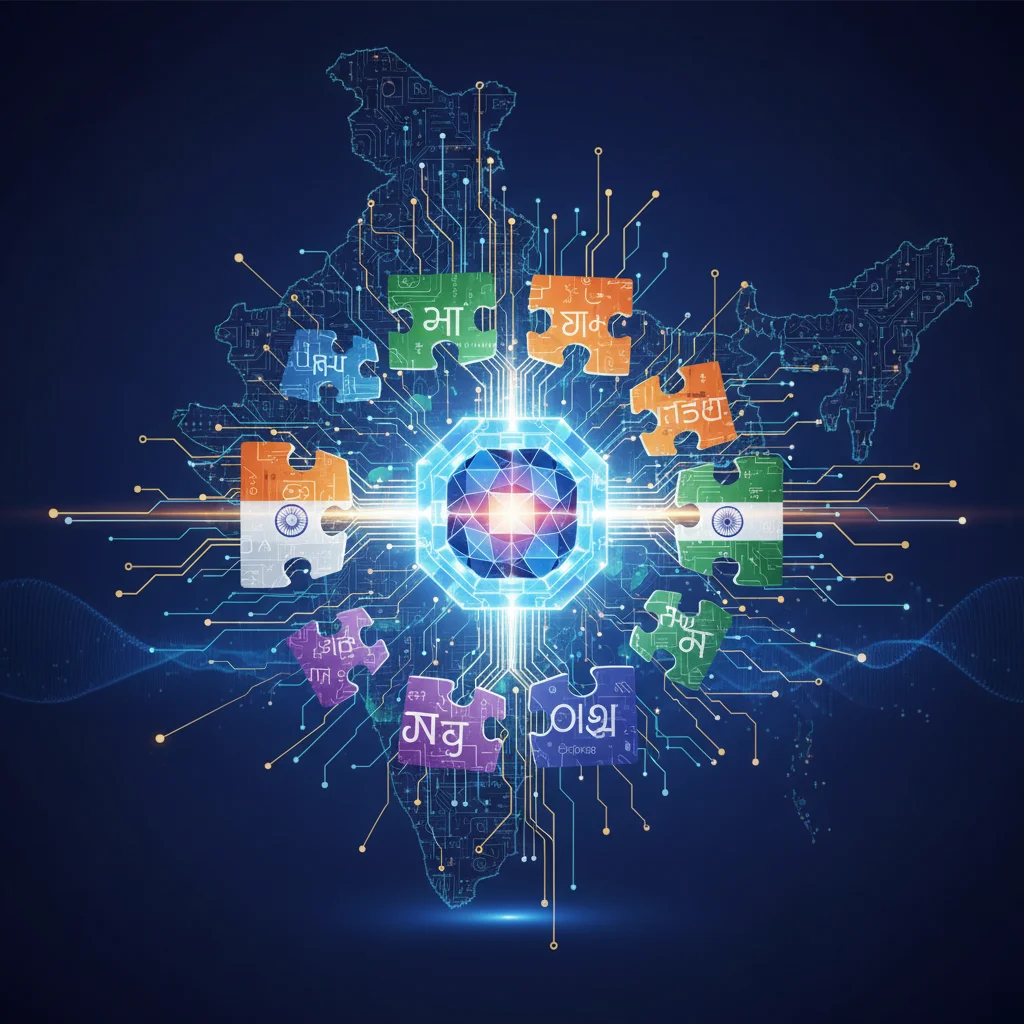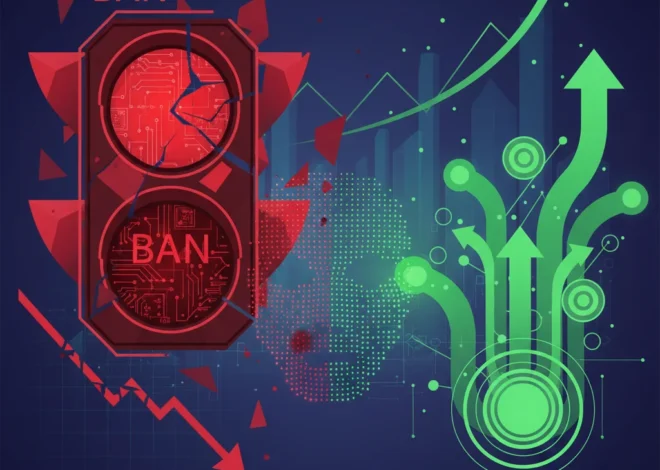
Cracking the Code: How India is Building an AI to Unite a Nation of 22 Languages
Imagine you’re a developer building the next killer app. You’ve perfected the user interface, optimized the backend, and your software is ready to change the world. There’s just one problem: the world doesn’t speak one language. Your brilliant creation is largely inaccessible to billions of people. Now, scale that problem to the size of a single country. Welcome to India.
With 22 official languages and thousands of dialects, India isn’t just a country; it’s a living library of linguistic diversity. This beautiful complexity, however, presents a monumental challenge for the digital age. How do you deliver education, e-commerce, and essential government services when a farmer in Karnataka might not understand a policy announcement written in Hindi or English? How can startups truly tap into a market of 1.4 billion people if their products can’t speak the local tongue?
For decades, this has been the great digital divide. But now, India is embarking on one of the most ambitious artificial intelligence projects on the planet—an effort to build a digital bridge across its linguistic chasms. It’s called Bhashini, and it’s poised to redefine what inclusive technology really means.
The Great Indian Language Barrier
For most of the internet’s history, the digital world has been overwhelmingly English-centric. The vast majority of datasets used to train powerful AI models, the very foundation of modern tech, are in English. This creates a vicious cycle: technology is built for the data-rich, leaving the data-poor further behind.
In India, this isn’t just a theoretical problem. It’s a daily reality that impacts everything:
- Economic Access: A small business owner in Tamil Nadu might miss out on a nationwide supply chain opportunity because the interface is in a language they don’t speak.
- Information Equity: A student in rural Bengal might be unable to access high-quality online educational resources available only in English.
- Civic Engagement: A citizen might struggle to understand their rights or access government services because of a language barrier.
Solving this isn’t as simple as running text through a standard translation service. Indian languages are nuanced, with complex grammar, regional idioms, and cultural contexts that can completely change the meaning of a sentence. A literal, word-for-word translation often results in confusing, or even nonsensical, output. This is where the power of advanced machine learning comes in.
Enter Bhashini: The AI-Powered Rosetta Stone
Spearheaded by the Indian government and a consortium of academic institutions and tech pioneers, the Bhashini project is more than just a translation app. It’s a national mission to create a public, open-source ecosystem for language technology. Think of it less as a single product and more as an operating system for Indian languages—a foundational layer upon which countless new services and applications can be built.
The goal is breathtakingly ambitious: to provide real-time, context-aware translation across speech and text for India’s major languages. This isn’t a far-off dream; it’s already happening. At a recent event, Prime Minister Narendra Modi’s speech in Hindi was translated into Tamil in real-time for the audience, a powerful demonstration of the platform’s potential. A farmer in a remote village can now use a chatbot to ask questions about agricultural schemes in his native Kannada and receive an instant, understandable answer.
This is where the real innovation lies. Bhashini is designed as a digital public good. By making its models and data available to everyone, the government is creating a sandbox for developers, entrepreneurs, and


